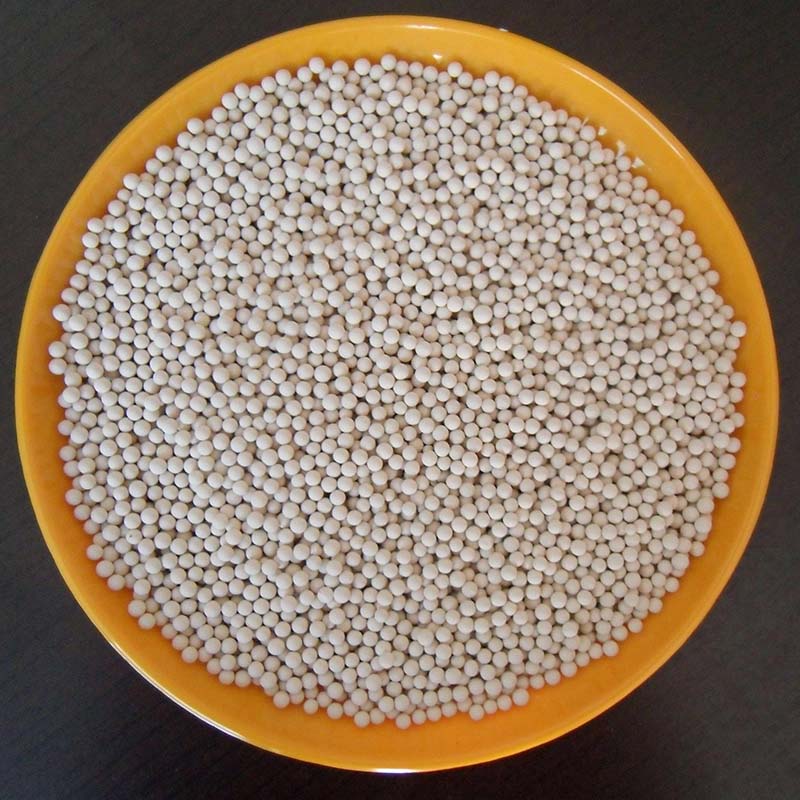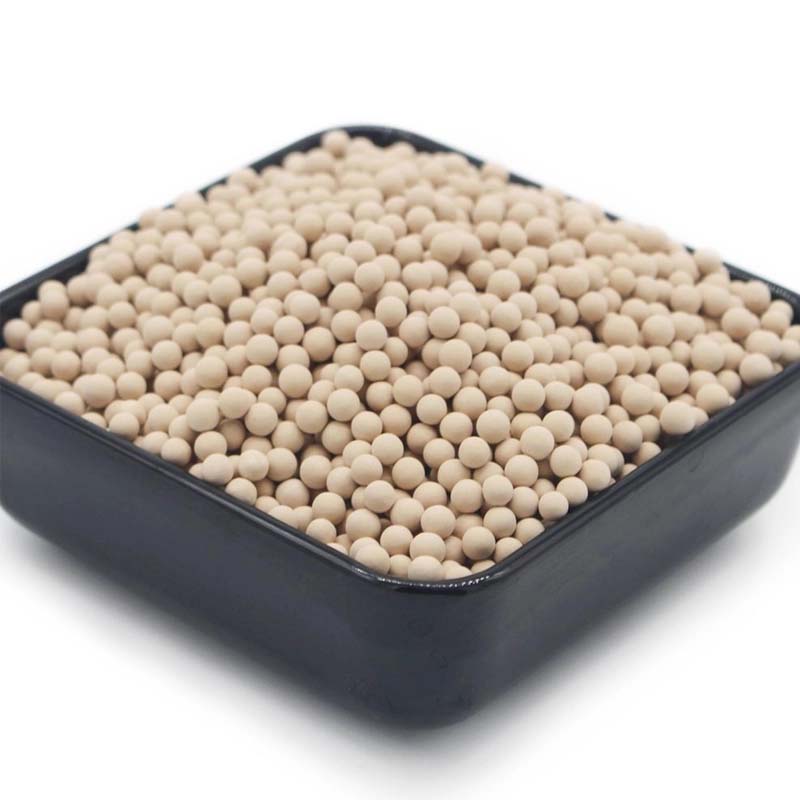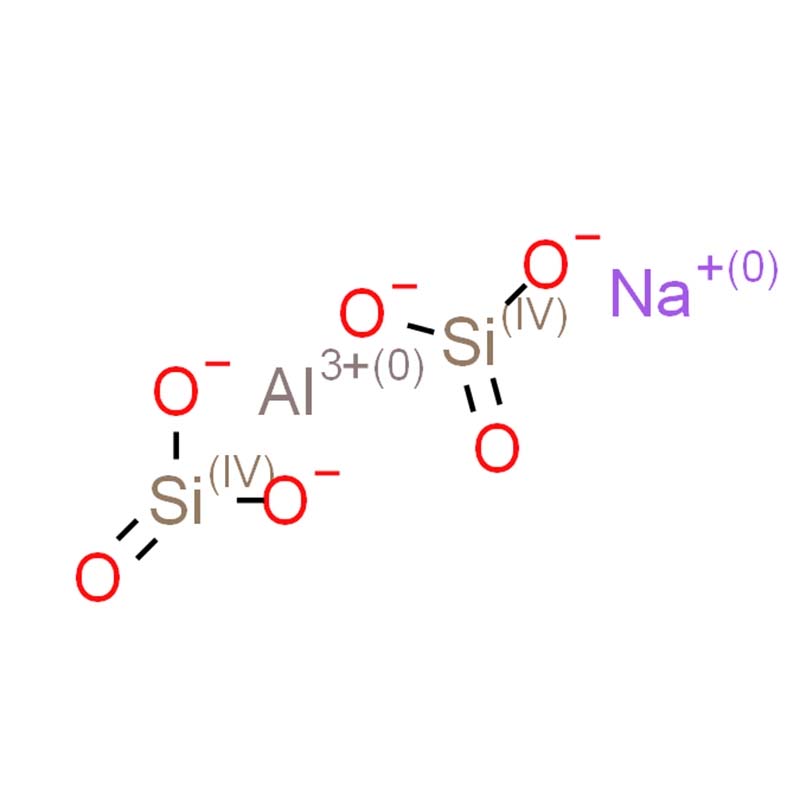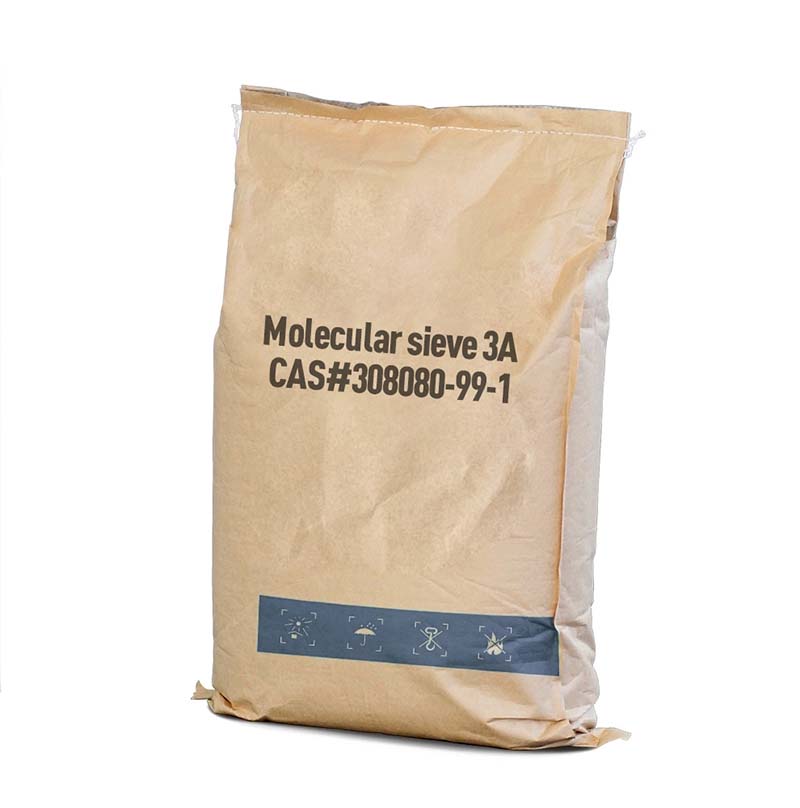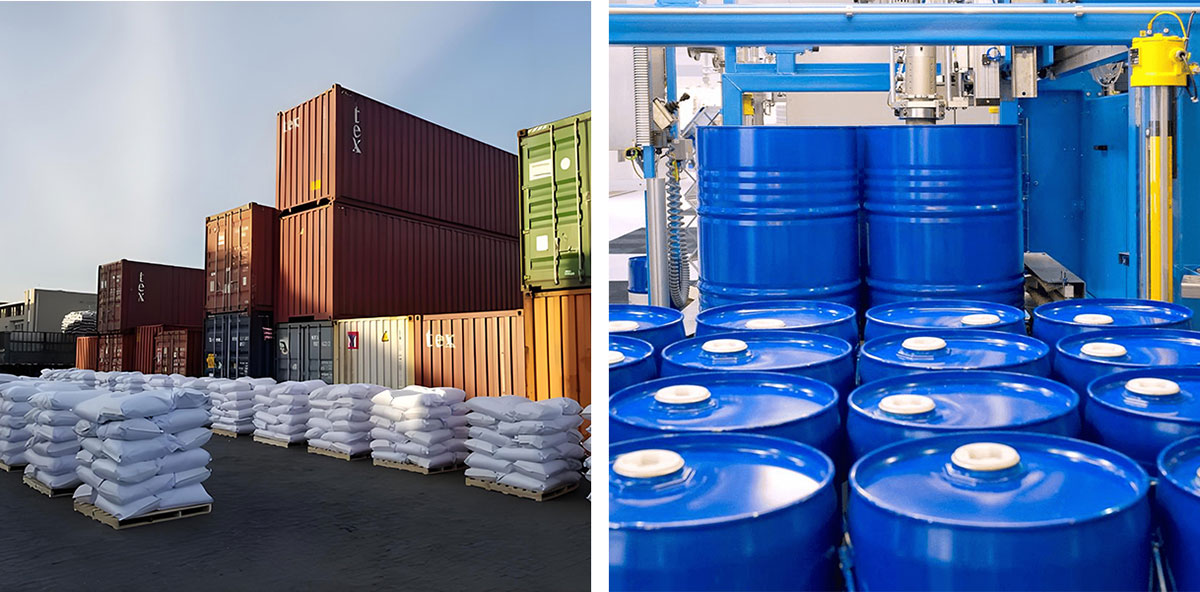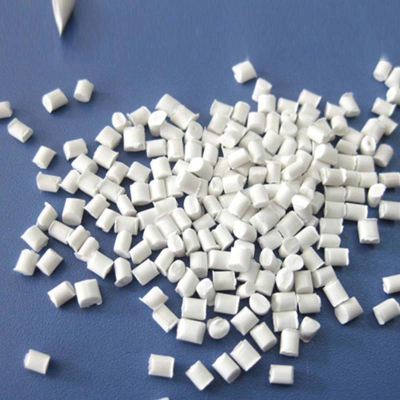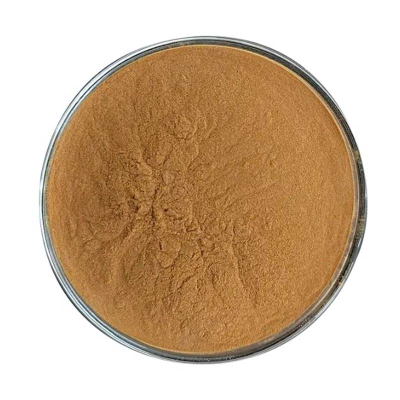Molecular sieve 3A
Selective Adsorption: The porous structure is capable of distinguishing and capturing molecules according to their size, configuration, polarity, or boiling point, making it highly efficient for separation tasks.
Extensive Surface Area: A dense arrangement of uniform pores and cavities provides a very large internal surface, allowing strong adsorption capacity.
High Thermal Resistance: The material endures elevated temperatures while preserving its crystalline framework, ensuring stability and consistent performance under heat.
Broad Industrial Applications: It finds widespread use in moisture removal, purification, and molecular separation within sectors such as chemical processing, petrochemicals, electronics, and natural gas treatment.
Molecular sieves are crystalline aluminosilicates characterized by a cubic lattice structure. Their framework consists of silicon and aluminum atoms linked through oxygen bridges, creating an open three-dimensional network. Within this architecture, a system of uniformly distributed channels and regularly shaped cavities provides a very large internal surface area. The lattice also incorporates exchangeable low-valence metal cations with relatively large ionic radii, as well as water molecules held in an adsorbed state.
Upon heating, water molecules are driven off without causing the crystalline framework to collapse, resulting in a system of uniform cavities interconnected by micropores of precise and consistent diameter. These pores function as molecular filters, capable of selectively admitting small molecules while excluding larger ones based on size, shape, polarity, boiling point, or degree of saturation. Owing to this distinctive molecular screening capability, molecular sieves are extensively employed in industries such as chemicals, electronics, petrochemicals, and natural gas processing for applications including drying, purification, and separation processes.
Parameters
storage temp. | room temp |
form | Powder or Crystals |
color | Yellow to yellow-green |
Water Solubility | Insoluble in water. |
Sensitive | Hygroscopic |
CAS DataBase Reference | 308080-99-1 |
Safety Information
Hazard Codes | Xi,Xn |
Risk Statements | 36/37/38-20 |
Safety Statements | 26-36 |
WGK Germany | 3 |
TSCA | Yes |
HS Code | 28421000 |



